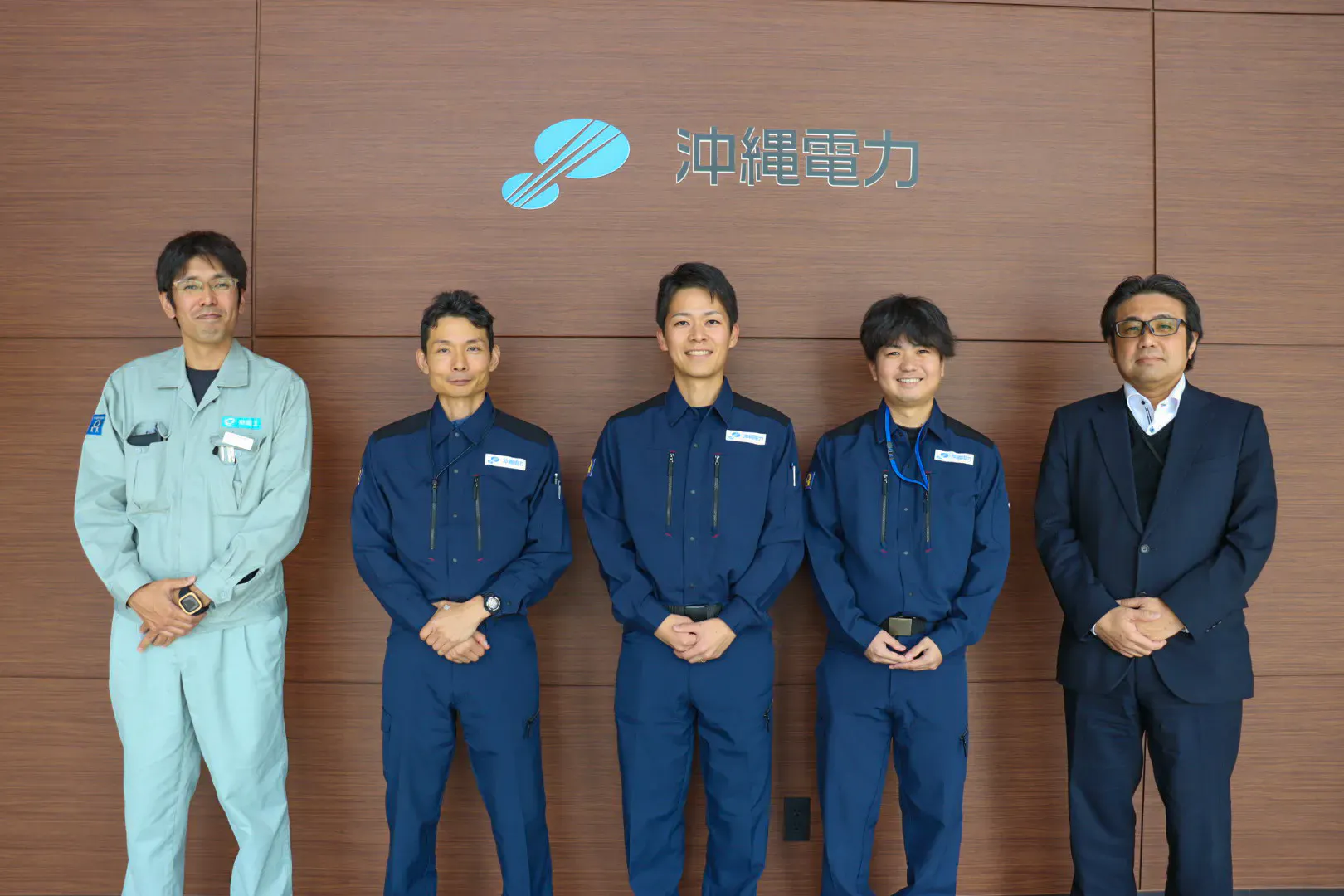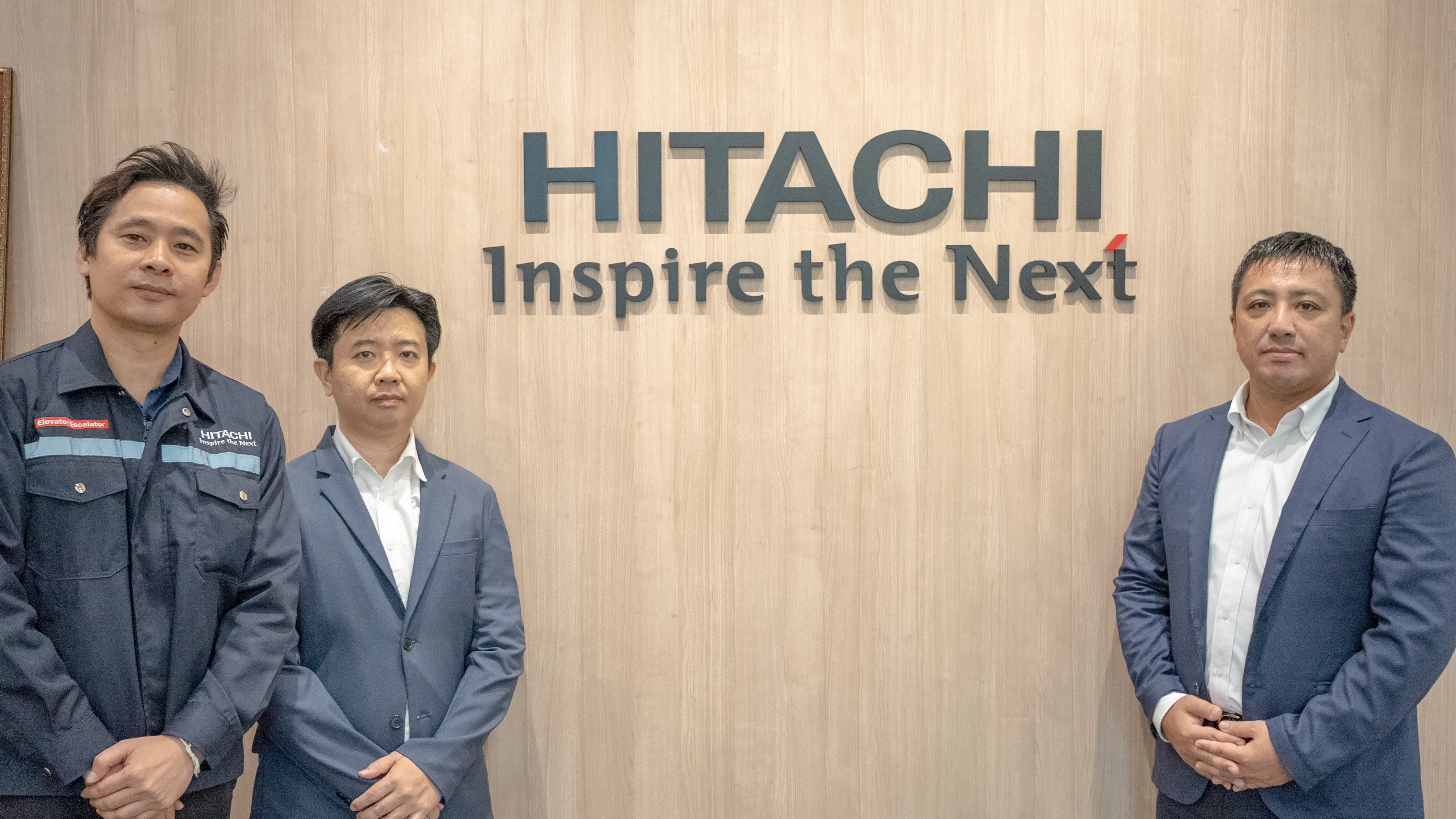Tokyu Community Corporation (Part 2)

.webp?fm=webp&auto=format)
Company Name
Tokyu Community Corporation (Part 2)
Number of Employees
13,791
Business Activities
Residential Life Support Services, Renovation Services, Building Management Services
Utilization Services
As part of the Tokyu Group, which contributes to Japan's urban development by engaging in a wide range of businesses closely tied to daily life, Tokyu Community Corporation handles the management of properties such as condominiums, buildings, and public facilities. "KANNA" has led to a 20% reduction in overtime within just one year in the Business Creation Headquarters, focusing on condominium renovations.
What challenges did Tokyu Community aim to overcome by implementing "KANNA," and how did they achieve such significant results? In this two-part interview, we will explore these questions. In Part 2 we spoke with Mr. Kondo, who led the introduction of KANNA, about the efforts made to maximize the effectiveness of the implementation.
Person interviewed
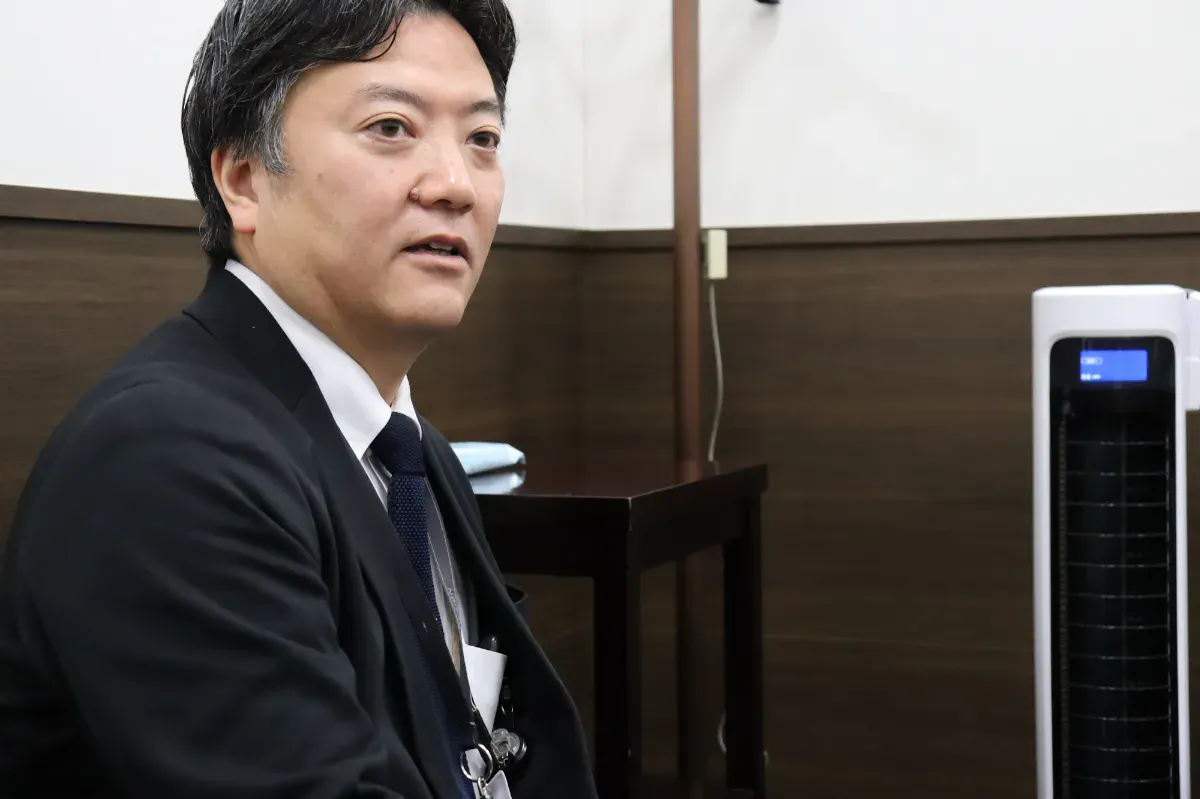
From the Business Creation Headquarters:
Mr. Kondo (Manager)
▶▶ [Read Part 1 of the Tokyu Community Interview]
The key to achieving a 20% reduction in overtime was thoroughly communicating the "purpose and benefits of the implementation" to both partner companies and internal teams
— At Tokyu Community, overtime for team members was reduced by 20% following the introduction of KANNA. You made efforts to promote the adoption of the tool to further enhance its effectiveness. Could you explain the reason for this?
Mr. Kondo: Before starting operations, the first step was to make sure the purpose of introducing the tool was well understood and adopted. It's natural for most people to resist the introduction of new tools. This isn't unique to our company—it’s common across all industries and organizations. When we decided to transition to KANNA for information sharing, we anticipated some resistance, not only from partner companies but also internally.
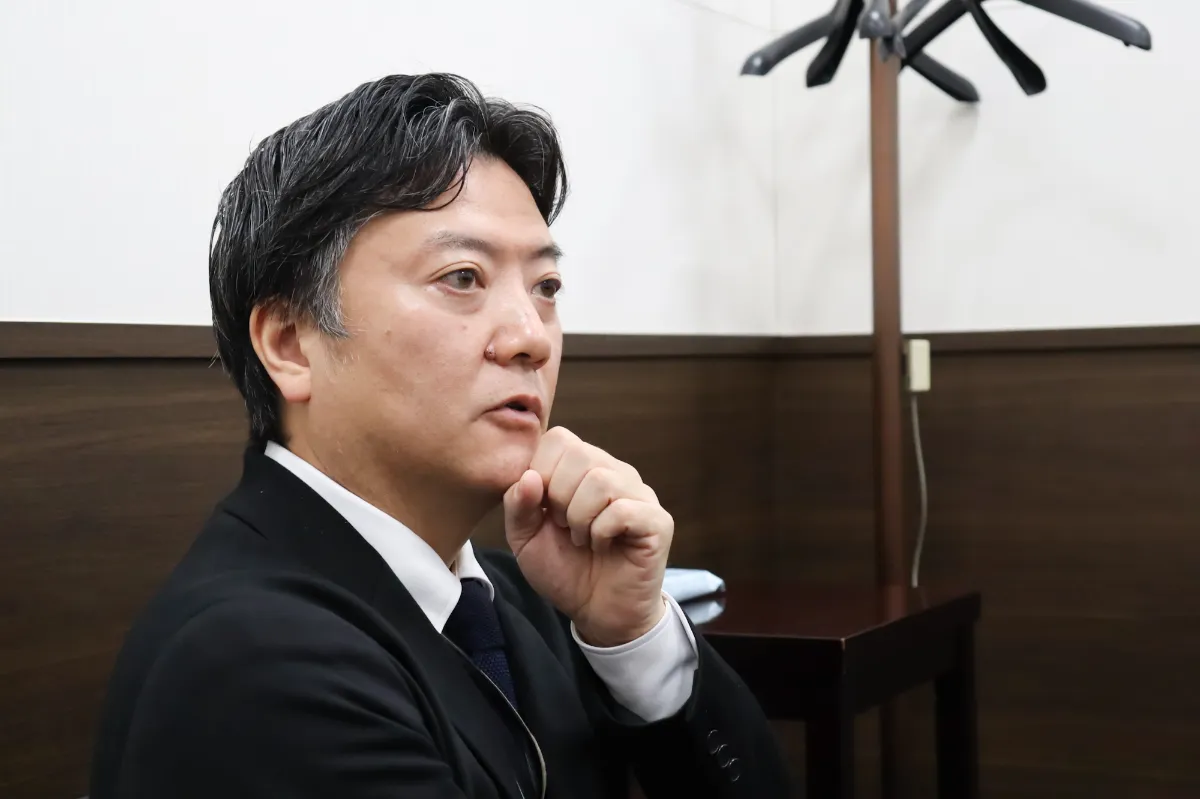
In fact, when we initially began considering the introduction of KANNA, we conducted internal interviews, and even members of our internal team, who are responsible for managing on-site operations, expressed skepticism. As expected, the main reason was "anxiety about breaking away from long-standing practices." However, as Mr. Nakabayashi and Mr. Hirose mentioned in the first part of the interview, before the introduction of KANNA, our primary communication method with partner companies was by phone. The time spent on phone calls, when considered on a monthly or yearly basis, cannot be ignored. Especially for those working on-site, every phone call forced them to stop their tasks.
We started considering the introduction of KANNA to resolve this inefficiency and reduce overtime hours. But if the tool designed to achieve this goal isn’t accepted by the users, the impact of the implementation would be diminished. Therefore, before starting its use, we believed the most important thing was to ensure that everyone thoroughly understood the purpose and benefits of introducing KANNA. That’s why we focused so much on promoting its adoption.
— So, what specific efforts did you make to ensure the successful adoption of KANNA?
Mr. Kondo: Our approach was simple—communicating our commitment to the introduction of KANNA to our partner companies who work on-site. In short, we wanted to demonstrate how serious we were. Specifically, this meant "traveling across the country." Our project team for promoting KANNA, which consisted of Mr. Nakabayashi and Mr. Hirose, took the lead in informing our partner companies. Mr. Nakabayashi personally visited the offices of our partner companies across the country to explain, one by one, "why we are implementing KANNA and how it benefits our partner companies."
We could have held the briefings online, but that wouldn’t have conveyed our seriousness. By visiting the partner companies ourselves, meeting them face-to-face, providing detailed explanations, and sincerely answering each of their questions, we were able to gain their understanding. Although it was a lot of work for Mr. Nakabayashi, I believe his efforts directly contributed to the positive results we saw after the implementation of KANNA.
To ensure KANNA was widely adopted, we also requested not only the craftsmen working on-site but also administrative staff from partner companies to attend the briefings. We wanted everyone who would be using KANNA to deeply understand the background, purpose, and benefits of its implementation. Without this understanding, the adoption wouldn’t have progressed.
The most important time for successful adoption is during the initial implementation. Briefings were held for both the craftsmen and administrative staff of partner companies, integrating KANNA into their workflows.
— Given the number of partner companies you work with, how long did the process take, and what exactly did you explain?
Mr. Kondo: In a concentrated effort, we visited about 20 partner companies over the span of two months. Since Mr. Nakabayashi, who was responsible for informing the partner companies, also had project management duties, he scheduled appointments in between his regular work, sometimes even traveling across prefectures in a single day. While this was a rather analog approach, we were confident that in the long run, it was the most effective way to ensure thorough understanding in a short period.
As for the specifics of the explanation, we communicated how the workflow would change after the introduction of KANNA. Rather than making a vague statement like, "We’ll be using KANNA from now on," we first created a workflow based on the premise of using KANNA before briefing the partner companies. Since the new workflow incorporated the use of KANNA, the message was clear: without KANNA, on-site operations would no longer function. We presented and explained this workflow to them.

In a way, we took a somewhat forceful approach to ensure the use of KANNA, but sometimes bold measures are necessary to change long-standing practices. Along with that boldness, we carefully explained that if they implemented the workflow based on KANNA, it would significantly reduce their workload and provide clear benefits for everyone on-site.
As I mentioned earlier, when managers like us call, the people on-site have to stop their work. Additionally, if there are miscommunications over the phone, such as "I said this" or "I didn’t hear that," it not only delays the progress of the construction but also creates psychological stress for our partner companies.
However, by incorporating KANNA into the workflow, both the on-site workers and the management side were able to eliminate inefficiencies and disadvantages. During the briefings for our partner companies, we took anywhere from one to one-and-a-half hours, and sometimes even over two hours, to carefully explain each of these points. As a result, about a year after we began full-scale operations, we achieved significant results. The key was to thoroughly implement measures both internally and externally to ensure widespread adoption right from the start.
As a side effect, the payment flow also became smoother, directly contributing to improved compliance
— Through this nationwide effort, do you feel that the trust between you and the partner companies grew even stronger?
Mr. Kondo: Exactly. Although we in management often visit the worksite, it's typically during the middle of operations. The on-site workers are busy focusing on their tasks, and most of the conversation revolves around the ongoing work. Realistically, there are few opportunities to sit down, make eye contact, and have in-depth discussions. However, when we visited our partner companies' offices to hold briefings on the KANNA implementation, Mr. Nakabayashi, who was responsible for the communication, mentioned that he felt "closer to everyone."
The closer relationship with our partner companies has become evident in our operations since the introduction of KANNA. Not only did the craftsmen working on-site attend the briefings, but the back-office and administrative staff did as well. As a result, the progress of the work is now communicated in real-time to the administrative staff, and the processing of documents related to payments after the completion of the work has become significantly smoother.
The smoother payment process benefits our partner companies and is also critically important for us. If there are delays in issuing or sharing completion documents, it can lead to payment delays, potentially violating subcontracting laws. Such an issue would pose a significant problem for our company as a whole. However, as a secondary effect of introducing KANNA, we’ve also seen an improvement in compliance.
A positive cycle spreading from partner companies to internal team members
— Not only have inefficiencies been eliminated for both management and on-site workers, but the entire payment process has also become smoother, contributing to improved compliance . This is an incredibly valuable insight.
Mr. Kondo: Honestly, when we first started considering the implementation of KANNA, we didn’t expect to see such significant results (laughs). However, even before conducting the nationwide briefings for our partner companies, we had a sense that it would work well based on the results of our trial run. We asked a specific partner company to use KANNA as part of this trial, and their feedback was very positive.
This particular partner company had a relatively young workforce, and the generation was more comfortable with DX (digital transformation)tools like KANNA. When we asked them to participate in the trial, there was one instance where they pointed out that we had forgotten to create a project, saying, "This project isn’t created." They were using it even more naturally and effectively than we had anticipated.
In the construction industry, many skilled and seasoned craftsmen play an active role, and it’s not easy to introduce DX tools. This was also true for our internal members, some of whom were hesitant to move away from long-standing practices. Still, we felt confident that KANNA would become familiar with use, and even those unfamiliar with DX tools would be able to master it without too much time or difficulty. This belief gave us a significant push toward the full implementation of KANNA.
Now that KANNA is in full use, even some of our initially skeptical team members have found themselves casually saying, “KANNA is pretty useful, isn’t it?" (laughs). Since our partner companies are using KANNA, our team members can’t ignore it. While it may sound like a strategy of ” the thorough adoption of KANNA by our partner companies has also helped spread its use internally.
Boosting productivity without relying on extended work hours in the era of work-style changes and creating profits
— You’ve successfully introduced "KANNA" through your partner companies, which has had a ripple effect across your operations, leading to many benefits. Finally, could you share your outlook for the future development of your company?
Mr. Kondo: As you mentioned, we’ve experienced many benefits since introducing KANNA. In addition to improving efficiency, streamlining operations, and strengthening compliance, KANNA will also play a crucial role in preserving our operational history, which we will continue to build upon as we move forward.
How we, as managers, understand the situation on-site, how we communicate it, and how the partner companies execute the work—preserving this history was previously left somewhat to the discretion of the individual managers before KANNA was introduced. However, organizing operational records in a way that anyone can understand takes a considerable amount of time. In today’s era of work-style changes, it’s not easy to require detailed documentation and organization.
Now, all project-related documents, blueprints, photos, and even detailed communications with partner companies are saved in KANNA. Since everything is automatically archived without the need for manual organization, it prevents information from becoming dependent on individual workers and makes the handover process smoother.
Mr. Nakabayashi: These “I said” versus “I didn’t hear” types of miscommunications can delay on-site work. For example, if there’s an error in ordering materials due to this telephone game effect, we’d need to place a new order for the correct materials, forcing the site to wait until the new materials arrive. In the current context of the so-called “2024 Construction Industry Issue*” with the enforcement of labor hour regulations, it’s becoming even more difficult to finish projects on time, making these delays more problematic than ever.
However, with KANNA's ability to centralize project information, these issues can be resolved. For some projects, we’ve even given accounts to suppliers, allowing them to input the necessary material part numbers directly into KANNA's chat. This ensures smooth communication without gaps, and since all stakeholders can view the part numbers, it reduces the effort needed for double-checking.
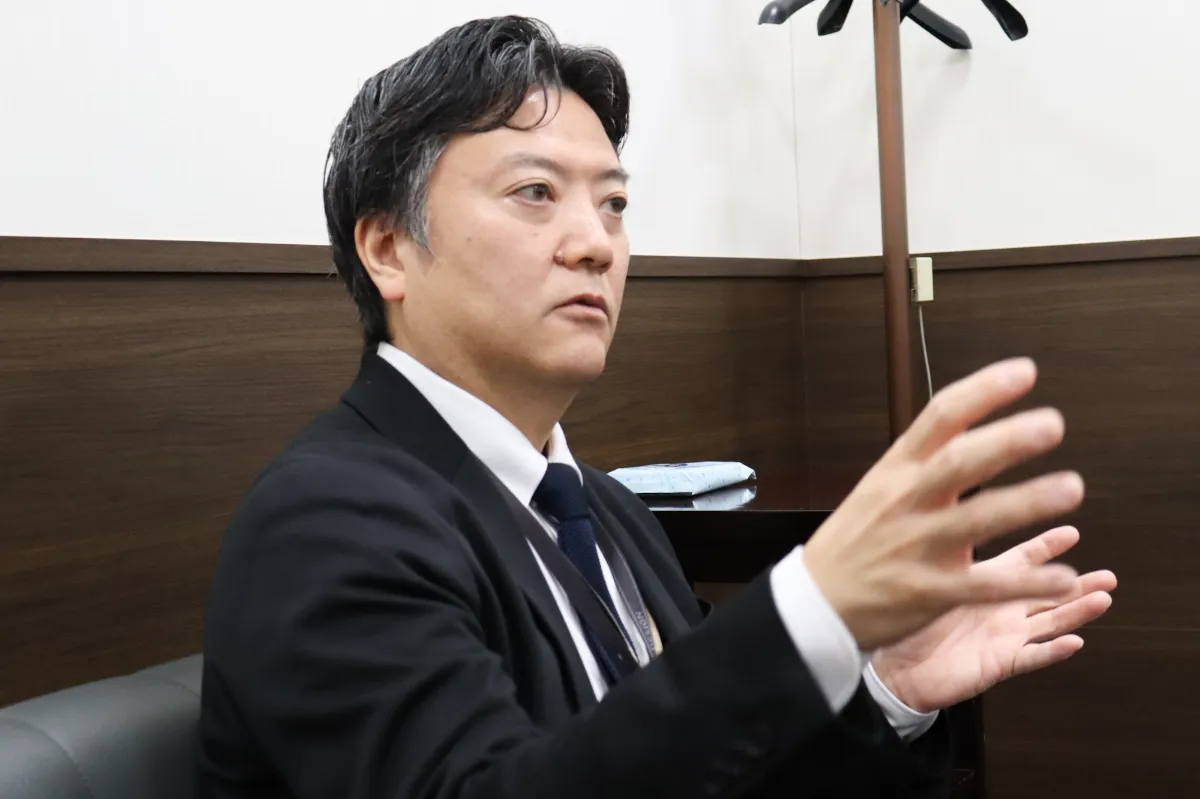
There was a time when increasing productivity simply meant increasing the hours worked. Those days are long gone. With the growing focus on "work-style changes and the "2024 Construction Industry Issue*", increasing work hours is no longer an option. Therefore, we must aim to improve productivity without relying on additional hours by promoting operational efficiency with the help of DX tools. The introduction of KANNA was driven by this goal.
Since the introduction of KANNA, the accuracy of information sharing has improved. As a result, we’ve been able to reduce the frequency of on-site visits by management without any issues arising so far. Traveling between the various properties we manage incurs significant transportation costs. We plan to thoroughly analyze and quantify how much we’ve been able to reduce these costs, not just by decreasing on-site visits but also by minimizing travel expenses.
In other words, the introduction of KANNA is not just about improving operational efficiency—it also supports productivity growth. After a year of full-scale operation, the tangible effects are clear. Moving forward, we are considering integrating KANNA with our core systems and promoting its use across other departments. With the support of DX tools like KANNA, we aim to further improve productivity.
▶▶ [Read Part 1 of the Tokyu Community Interview]
Achieving a 20% reduction in overtime after implementation, improving communication accuracy, and eliminating delays in on-site work.
*2024 Construction Industry Issue
In Japan, the construction industry has been facing a labor shortage. As a result, the long overtime work became a common trait of the industry. To tackle this and secure a better working environment for laborers in the industry, the Japanese government decided to set a regulation that limits overtime working hours for the construction industry, which is set to be in effect in April 2024. A violation of this regulation can result in a punishment. Hence, improving efficiency and reducing the working hours are the urgent matters that the construction companies have to resolve.
Company Name: Tokyu Community Corporation
Business Overview: Residential Life Support Services, Renovation Services, Building Management Services
Established: April 1970
Number of Employees: (Company) 10,583, (Group) 3,028, (Total) 13,791 (as of March 31, 2023)
Website: https://www.tokyu-com.co.jp/
Article published on: August 21, 2025
